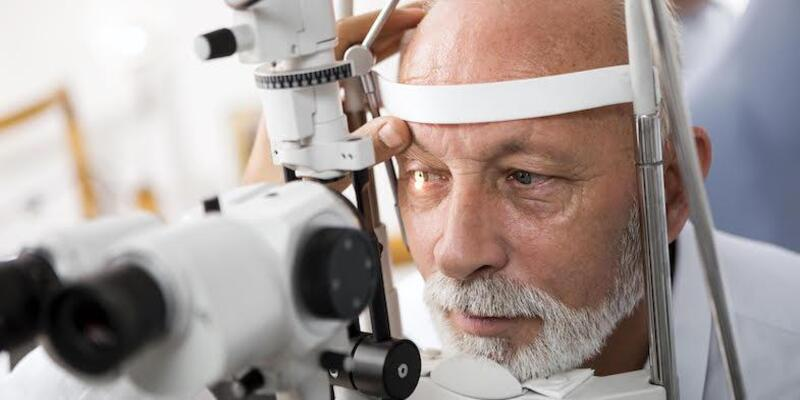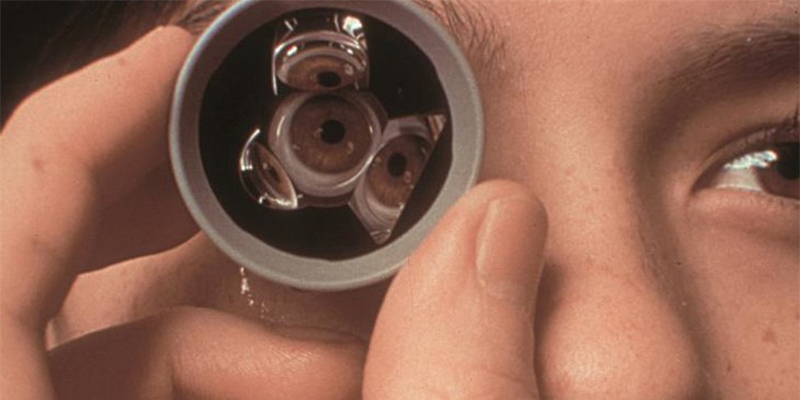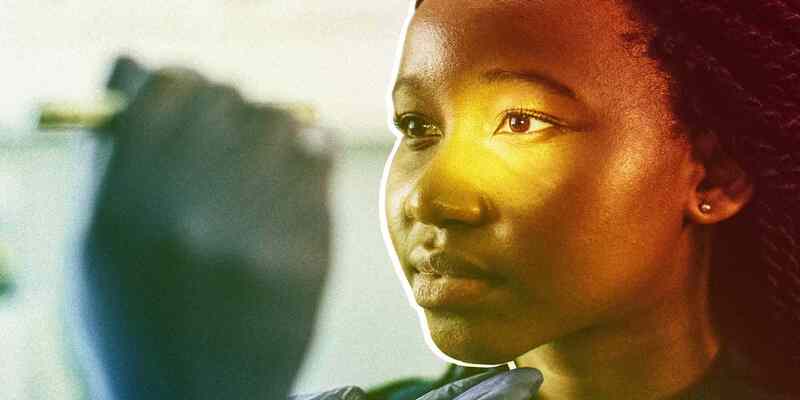Routine eye exams are essential. When you reach the age of 40, you should schedule your first comprehensive eye exam. Vision abnormalities and eye diseases often have their first symptoms appear around this age. Depending on the results of this test, your eye doctor will advise you on how often you need future examinations. See an eye doctor very far away to figure out how frequently you need to get examinations if you have potentially dangerous factors for glaucoma, such as diabetes, high blood pressure, or maybe even a family history of glaucoma.
What Exactly Are Glaucoma Tests?
Glaucoma tests include a battery of examinations used to diagnose glaucoma, an eye disease that, if left untreated, can cause irreversible blindness. When fluid builds up abnormally at the front of the eye, a condition called glaucoma can set in. Added fluid causes a rise in intraocular pressure. Having high eye pressure might cause damage to the optic nerve. The optic nerve is responsible for transmitting visual data from the eye to the brain. If the optic nerve is injured, it could result in permanent blindness.
Glaucoma may take several forms. The most common ones are:
Glaucoma with no narrowing of the angle, or open-angle glaucoma, sometimes known as primary open-angle glaucoma. It's the most frequent kind of glaucoma. It occurs when there is a blockage in one or more of the eye's drainage canals, preventing the normal outflow of fluid. The fluid accumulates in the canals, just as water might accumulate in a blocked sink drain. Because of this, intraocular pressure rises. Open-angle glaucoma is a progressive eye disease that might take months to years to manifest.
The condition known as closed-angle glaucoma may also cause vision loss due to a narrowed field of vision. The United States has a low incidence of this kind of glaucoma. When it does occur, it often affects just one eye. When this kind of glaucoma sets in, the drainage canals inside the eyes get blocked off, much like a drain with a stopper placed on it, glaucoma with a closed angle may be either sudden or gradual, acute or chronic.
The ocular pressure rises quickly in those with acute closed-angle glaucoma. This is a dire situation requiring immediate medical attention. If acute closed-angle glaucoma is also not treated immediately, visual loss may occur within hours. Slow progression is characteristic of chronic closed-angle glaucoma. Most of the time, symptoms don't appear until the harm is extensive.
What Goes On During A Glaucoma Test?

An eye exam that includes various tests is called a "comprehensive eye exam" and is often used to detect glaucoma. An ophthalmologist is the typical medical professional to do such tests. Ophthalmologists are doctors who focus on the care of the eyes and the prevention of eye disease.
A full eye exam will consist of the following:
Tonometry
For your tonometry examination, you will be asked to sit on an exam chair near a slit light, a specialized kind of microscope. Your eye doctor or other medical professional will administer drops to numb your eyes. Finally, you'll put your chin and forehead on the slit light. During an eye exam, your doctor will use a tonometer on your eye as you lean into a slit light. The instrument detects and records changes in intraocular pressure. A little blast of air will hit you but don't worry, and it's harmless.
Pachymetry
You will first get eye drops that numb your eyes, much as in a tonometry exam. Then, a pachymeter, a little gadget, will be used on your eye by your doctor. Your cornea's thickness may be determined using this instrument. The cornea, the eye's outer layer, protects the colorful iris and pupil. Having a thin cornea might increase your likelihood of developing glaucoma.
Perimetry
A perimeter test may evaluate your ability to see objects on the sides of your head. In perimeter, your eyes must focus on a distant screen rather than moving objects. On the screen, something bright and an image will gradually creep in from the side. Whenever this light or picture appears while you maintain a forward-gazing stance, you will report it to the provider.
Gonioscopy

The provider will apply drops throughout your eyes to numb and dilate them for this test. Your doctor or optician will insert a specific contact lens into your eye using a handheld device. The lens is equipped with a mirror that reflects light in all directions, allowing the doctor a 360-degree view of the eye's inside. The degree to which the iris and the cornea form a right or skewed angle may be shown.
Conclusion
Glaucoma testing may reveal whether or not the optic nerve has been damaged, which might result in poor eyesight. Your ophthalmologist may recommend a mix of easy, non-invasive procedures. Various tests, such as those for vision, the optic nerve, the result of the pressure, a dilated eye exam, and corneal thickness, are administered to the eyes. Having your eyes checked regularly is a need. Your first full eye exam should be scheduled after you reach the age of 40. Commonly, the first signs of vision problems or eye illnesses arise around this age.




